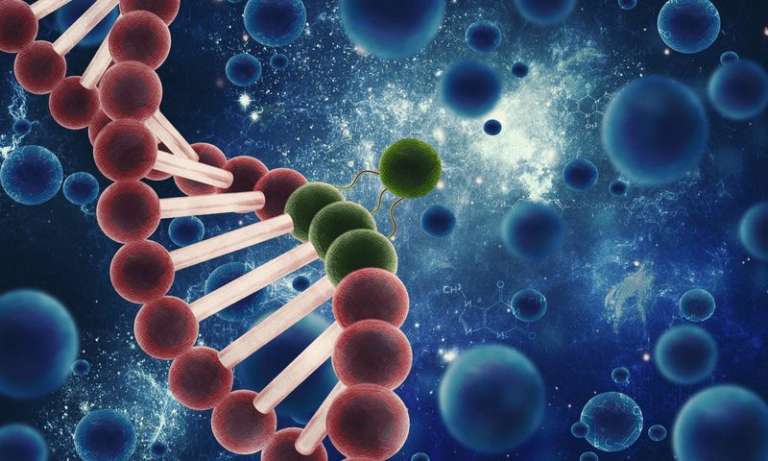Stem Cell Therapy Bryn Mawr PA

Stem Cell Therapy Bryn Mawr PA is a cellular-level therapy that aims to improve the function of damaged or diseased tissue or organs by introducing cells to replace damaged cells. Today, regenerative medicine is being used to treat medical conditions across a range of medical specialties, including orthopedics, rheumatology, cardiology, neurology, and immunology.
Because of their ability to differentiate into cells that carry out the roles needed in a variety of organs, stem cells are an essential regenerative medicine tool. When stem cells are introduced into a damaged tissue or organ, they evolve to carry out the functions necessary, compensating for the damaged cells. As a minimally invasive process, regenerative medicine harnesses the natural capabilities of stem cells and the body’s own ability to heal, providing an opportunity to avoid invasive procedures. For patients with injuries or chronic diseases, regenerative medicine is a source of hope.
Scope of Regenerative Therapy
Stem cells, which occur naturally in the body, are “naive” or unspecialized. This means that, based on cues from their environment, these cells can transform into and assume the functions of a variety of different cells in the body. The ability to mature in a context-specific way is the key to the vast potential of stem cells in regenerative medicine. When injected into damaged tissue, stem cells specialize to carry out the necessary function in that particular area, improving symptoms and function.
What are stem cells?
Stem cells: The body’s master cells
Stem cells are the body’s raw materials — cells from which all other cells with specialized functions are generated. Under the right conditions in the body or a laboratory, stem cells divide to form more cells called daughter cells.
These daughter cells either become new stem cells (self-renewal) or become specialized cells (differentiation) with a more specific function, such as blood cells, brain cells, heart muscle cells or bone cells. No other cell in the body has the natural ability to generate new cell types.
Why is there such an interest in stem cells?
Researchers and doctors hope stem cell studies can help to:
- Increase understanding of how diseases occur. By watching stem cells mature into cells in bones, heart muscle, nerves, and other organs and tissue, researchers and doctors may better understand how diseases and conditions develop.
- Generate healthy cells to replace diseased cells (regenerative medicine). Stem cells can be guided into becoming specific cells that can be used to regenerate and repair diseased or damaged tissues in people.
People who might benefit from stem cell therapies include those with spinal cord injuries, type 1 diabetes, Parkinson’s disease, amyotrophic lateral sclerosis, Alzheimer’s disease, heart disease, stroke, burns, cancer and osteoarthritis.
Stem cells may have the potential to be grown to become new tissue for use in transplant and regenerative medicine. Researchers continue to advance the knowledge on stem cells and their applications in transplant and regenerative medicine.
- Test new drugs for safety and effectiveness. Before using investigational drugs in people, researchers can use some types of stem cells to test the drugs for safety and quality. This type of testing will most likely first have a direct impact on drug development first for cardiac toxicity testing.New areas of study include the effectiveness of using human stem cells that have been programmed into tissue-specific cells to test new drugs. For the testing of new drugs to be accurate, the cells must be programmed to acquire properties of the type of cells targeted by the drug. Techniques to program cells into specific cells continue to be studied.For instance, nerve cells could be generated to test a new drug for a nerve disease. Tests could show whether the new drug had any effect on the cells and whether the cells were harmed.